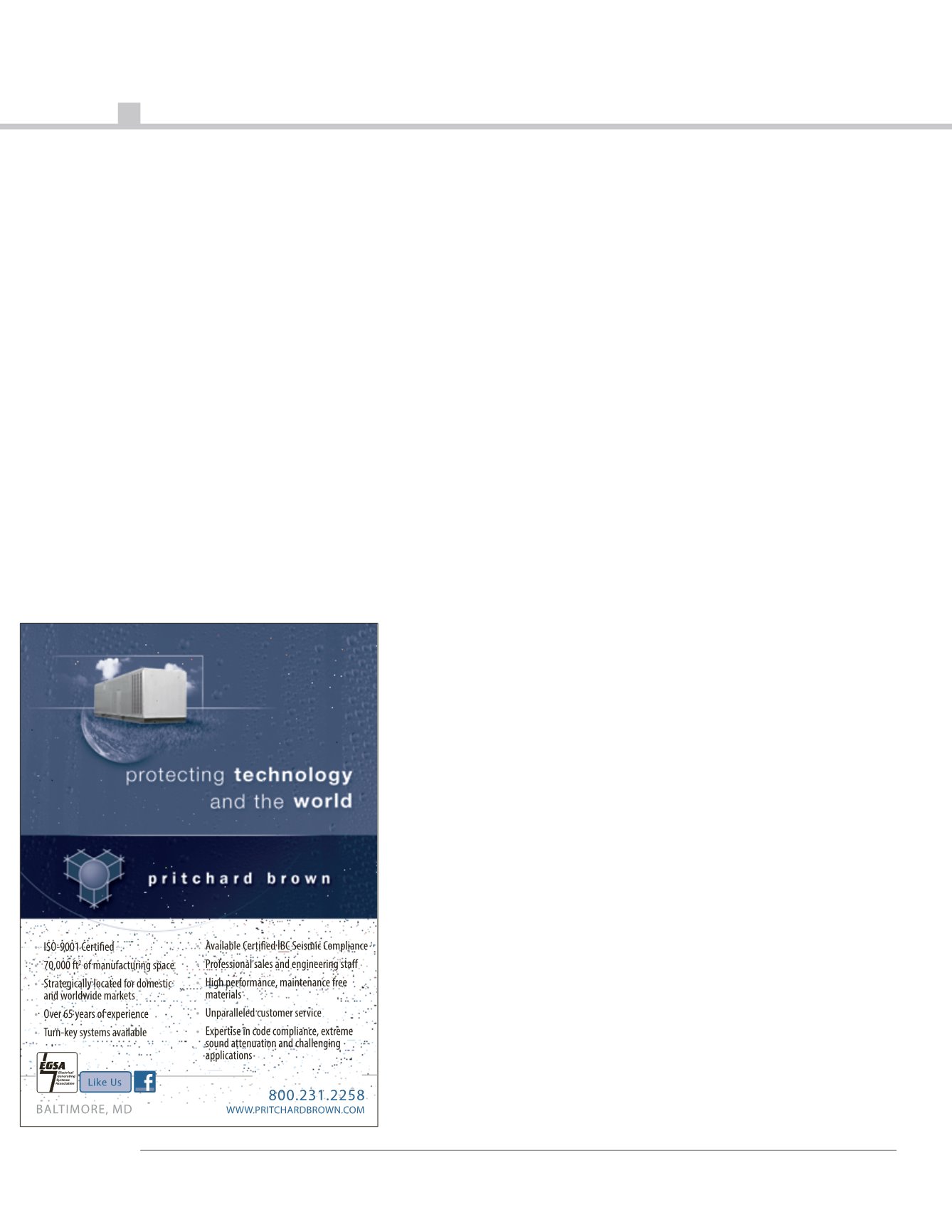

68
7X24 MAGAZINE SPRING 2015
Throughout this process, it is
important to utilize the “4Rs” in their
proper sequence:
1: RAISED FLOOR
The first step is to seal all unmanaged
openings in the horizontal plane of the
raised floor. A thorough effort is
required to identify and seal all raised-
floor penetrations. Electrical
equipment such as power distribution
units often have large openings that
need to be sealed. This task must be
seen to completion because as each
hole is sealed, the remaining holes
release increasing volumes of valuable
conditioned air. In some cases cable
openings indirectly provide cooling by
reducing the temperature of exhaust
air flowing from the hot aisle through
openings in cabinets such as missing
blanking panels or open spaces
between mounting rails and sides of
the cabinet. In this condition, sealing
cable openings may cause IT intake
temperatures to increase. This can be
easily remedied by sealing the
openings in the cabinet. Adjust
perforated tile and grate placements
to make all IT equipment intake air
temperatures as low and even as
possible. This will include replacing
perforated tiles or grates with solid
tiles in areas where excess conditioned
air is being provided, and adding
perforated tiles to areas where intake
temperatures are the highest. All
perforated tiles and grates located in
dedicated hot aisles and open spaces
should be replaced with solid tiles.
2: RACK
The second step is to seal the vertical
plane along the face of IT equipment
intakes. Blanking panels that seal
effectively (no gaps between panels)
need to be installed in all open spaces
within cabinets. The space between
cabinet rails and cabinet sides need to
be sealed (if not sealed by design).
And open areas above the highest U
spaces and below the lowest U space
must also be sealed.
3: ROW
The third step is to manage airflow at
the row level. Spaces between and
under cabinets need to be sealed to
retain conditioned air at the IT
equipment face and prevent hot
exhaust air from flowing into the cold
aisle. Any locations where cabinets are
missing in the row due to structural
columns or decommissioning need to
be filled. For high-density rooms and
rooms with layout challenges (e.g. low
ceilings, cabinet and/or cooling unit
placement), partial or full containment
strategies may be warranted. Doors on
the ends of the rows are the first
element of aisle containment to install.
4: ROOM
A common misconception is that AFM
initiatives reduce operating expenses.
In most cases, even with high
percentages of excess cooling
capacity running, the first three
fundamental steps of AFM must be
implemented before changes can be
made at the room level to reduce
operating expenses. Improving AFM
will improve IT equipment reliability
and free stranded capacity. However,
to realize operational cost savings and
defer capital expenditure of additional
cooling capacity, changes must be
made to the cooling infrastructure,
such as raising cooling unit set-points,
raising chilled water temperatures,
turning off unnecessary cooling units,
or reducing fan speeds for units with
variable speed drives (VSD).
CONCLUSION
Improving AFM is fundamental to
maximizing cooling efficiency and
improving IT equipment reliability in
data centers. If your site has no IT
equipment intake air temperature
problems then determining your
Cooling Capacity Factor will reveal if
efficiency improvements and cost
savings are possible. If your site does
have intake air temperature problems,
then calculating your CCF will reveal if
problems are a result of a lack of
capacity or a lack of AFM. By starting
with CCF, you can understand the
potential benefits and data center cost
savings before investing in cooling
solutions and/or AFM initiatives,
helping to avoid the possibility of
implementing an expensive solution
that won’t fit your needs.
Lars Strong is the Senior Engineer at Upsite Technologies. He can be reached at
lstrong@upsite.com1
$24,000 from turning off 4 cooling unit fan motors + $8,000 from reduced maintenance
costs for the 4 units.

















